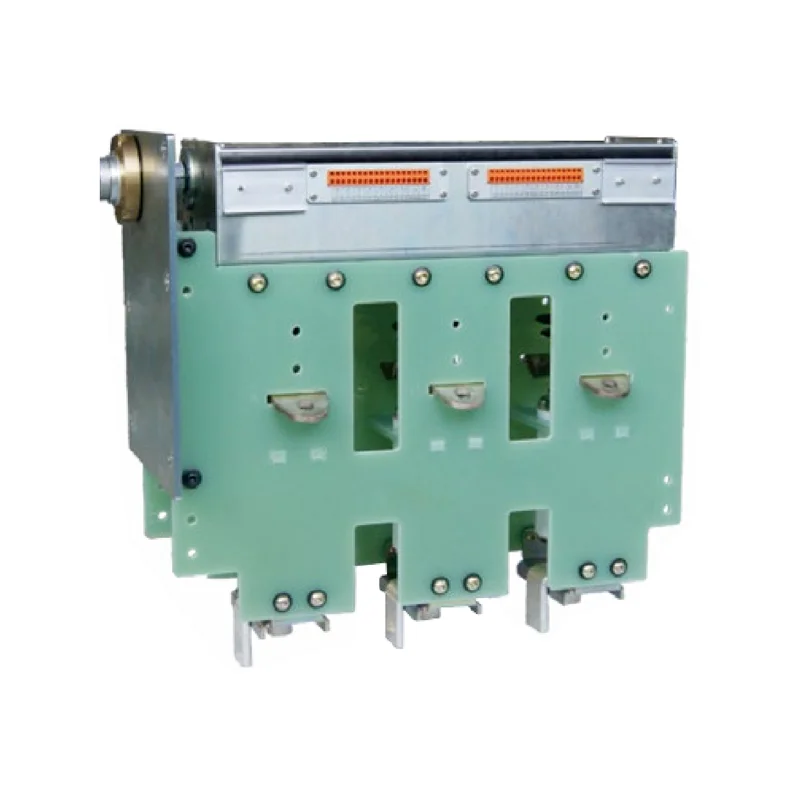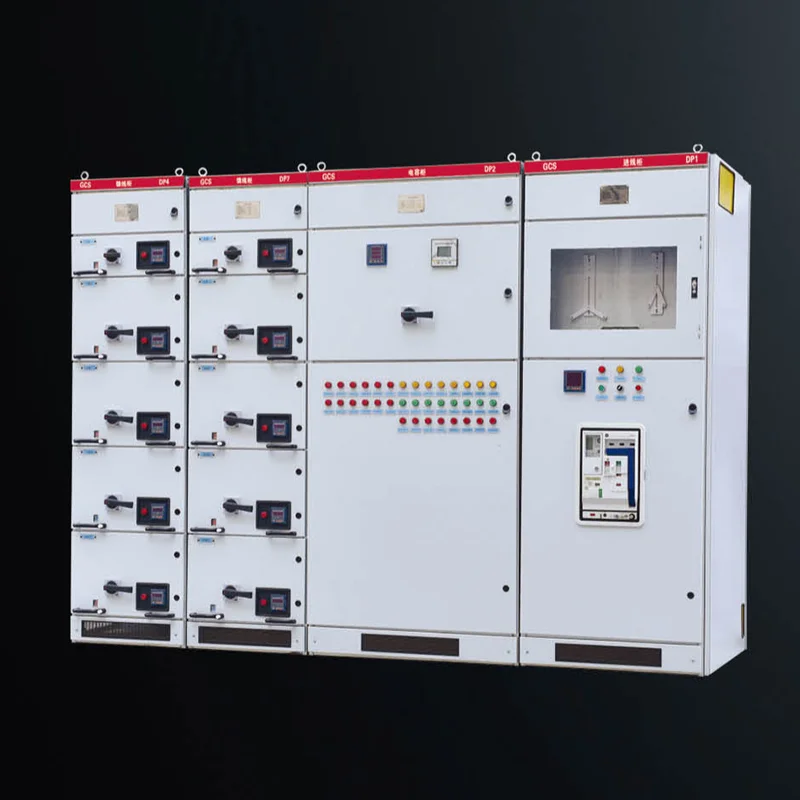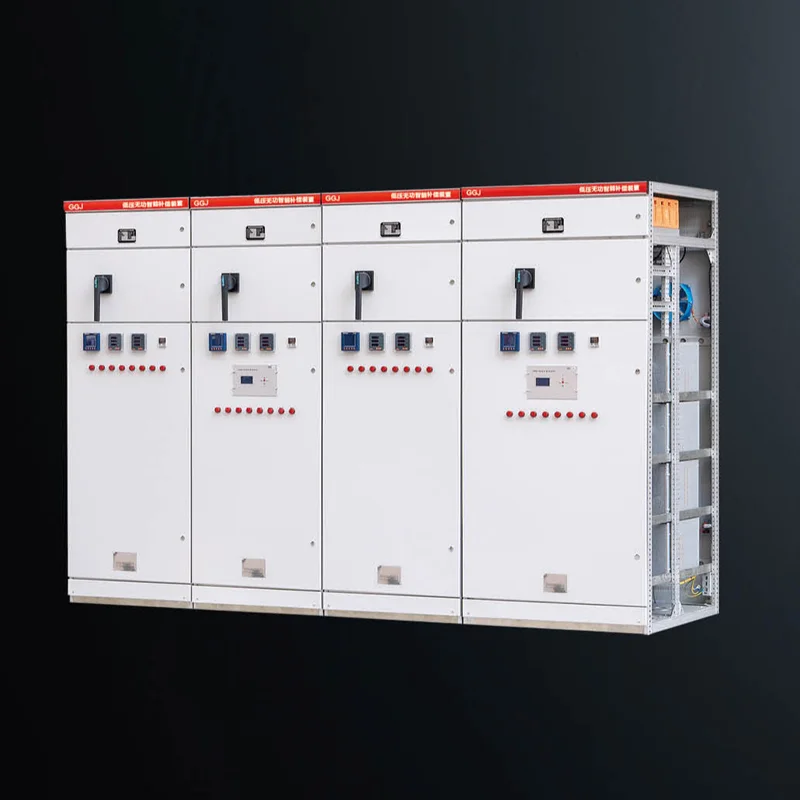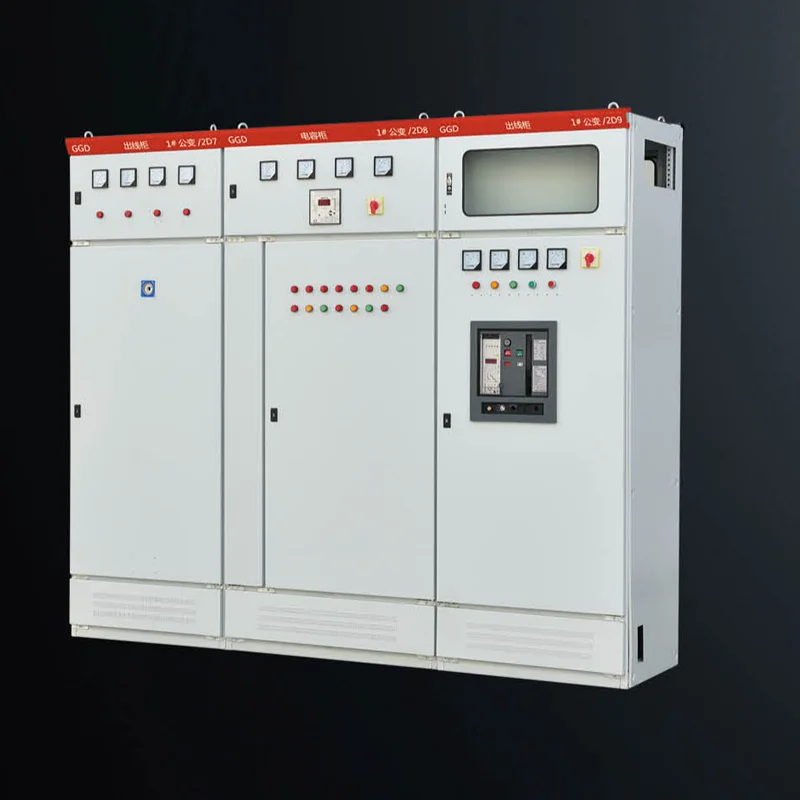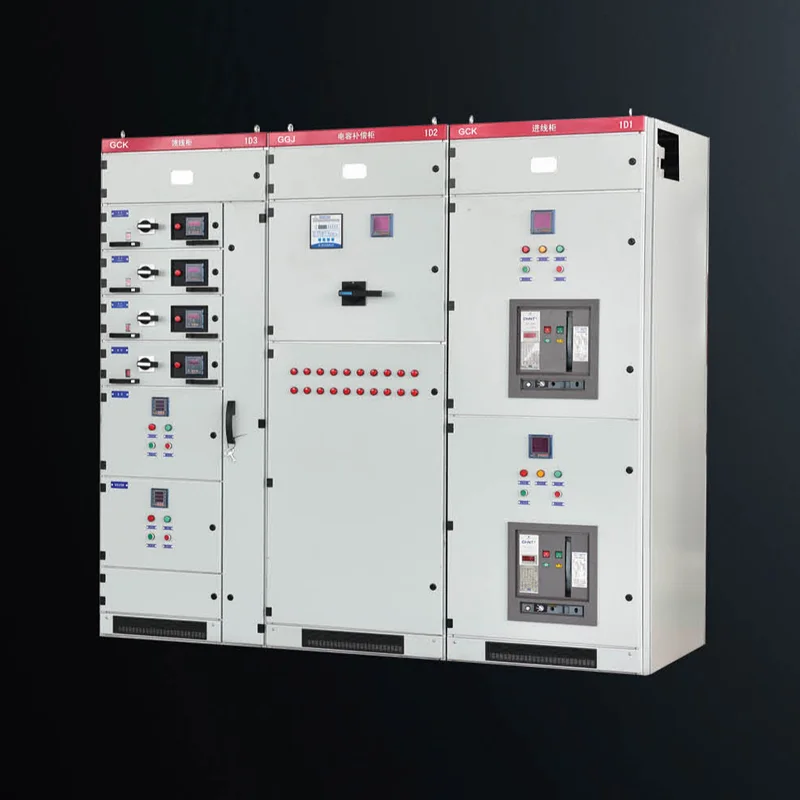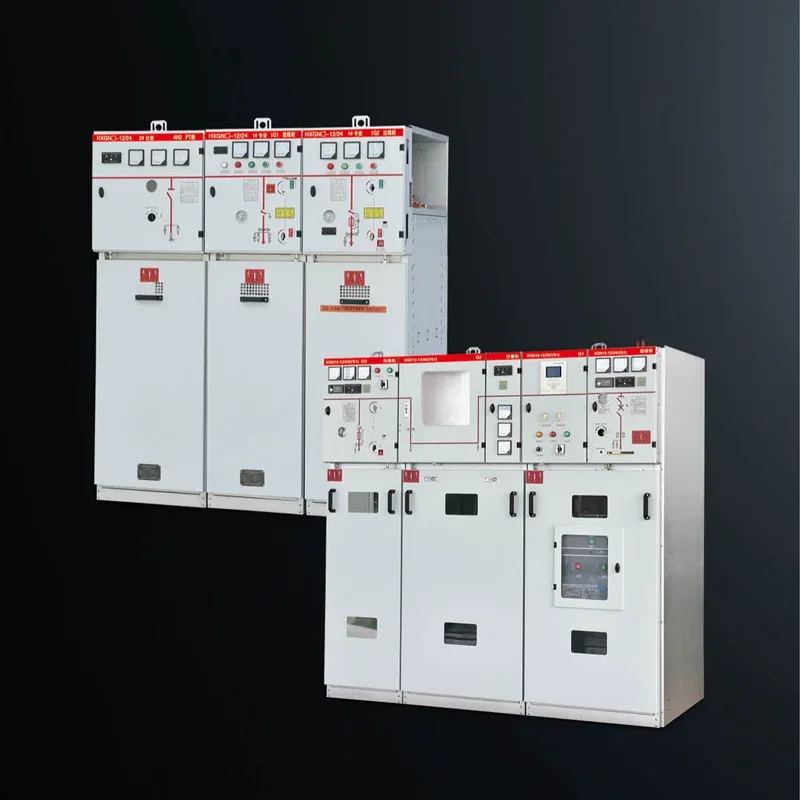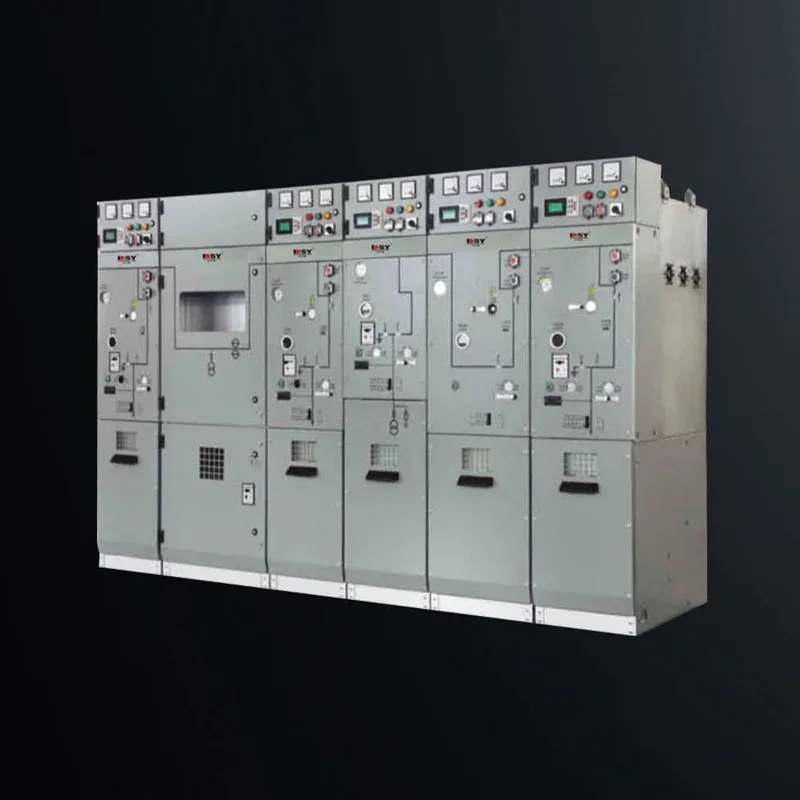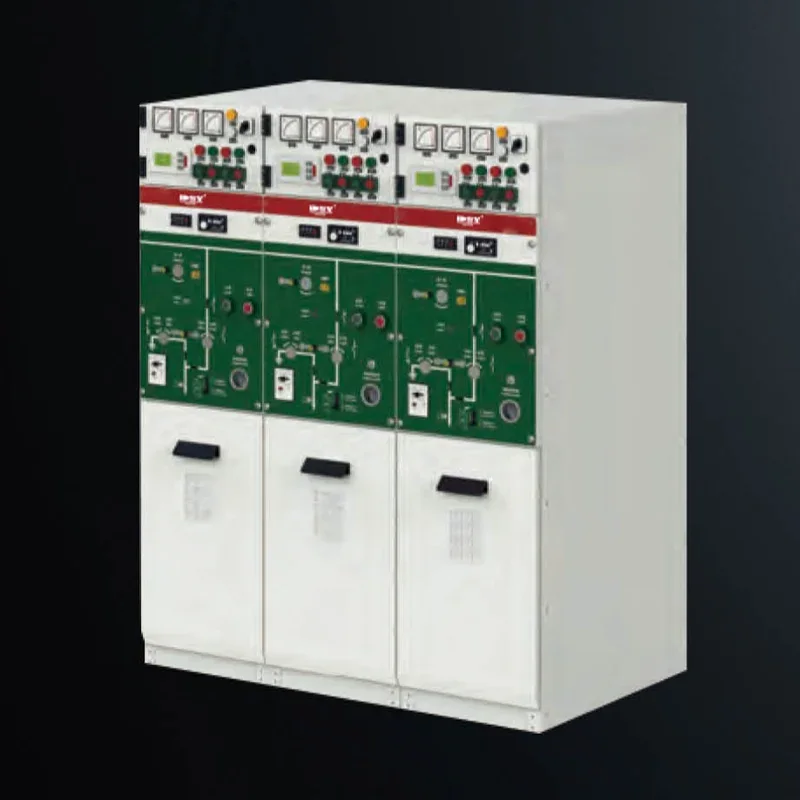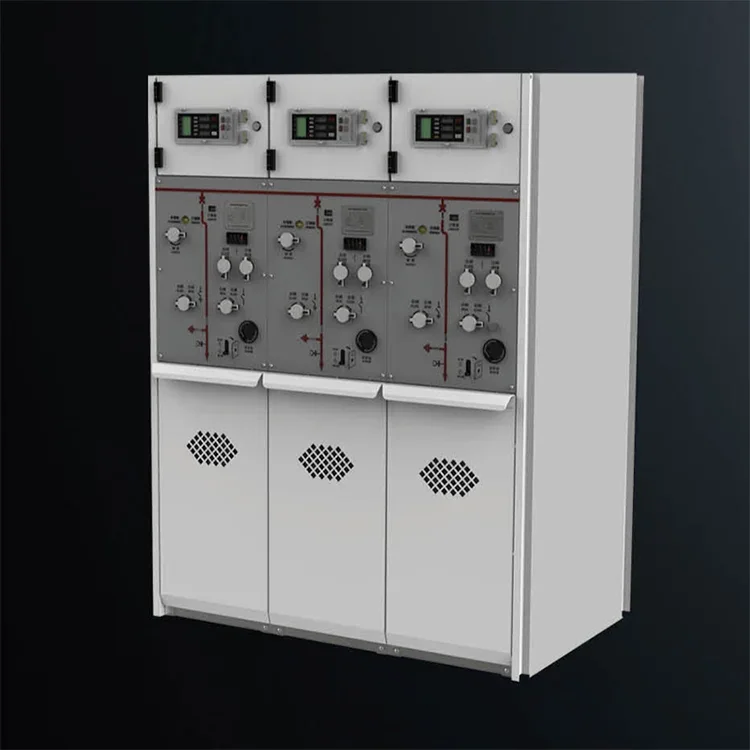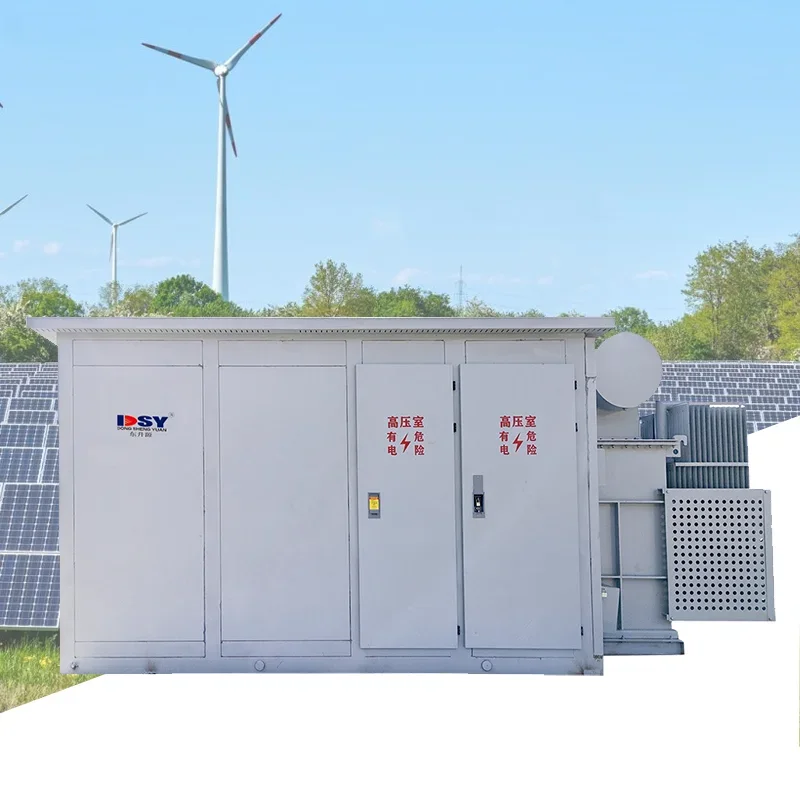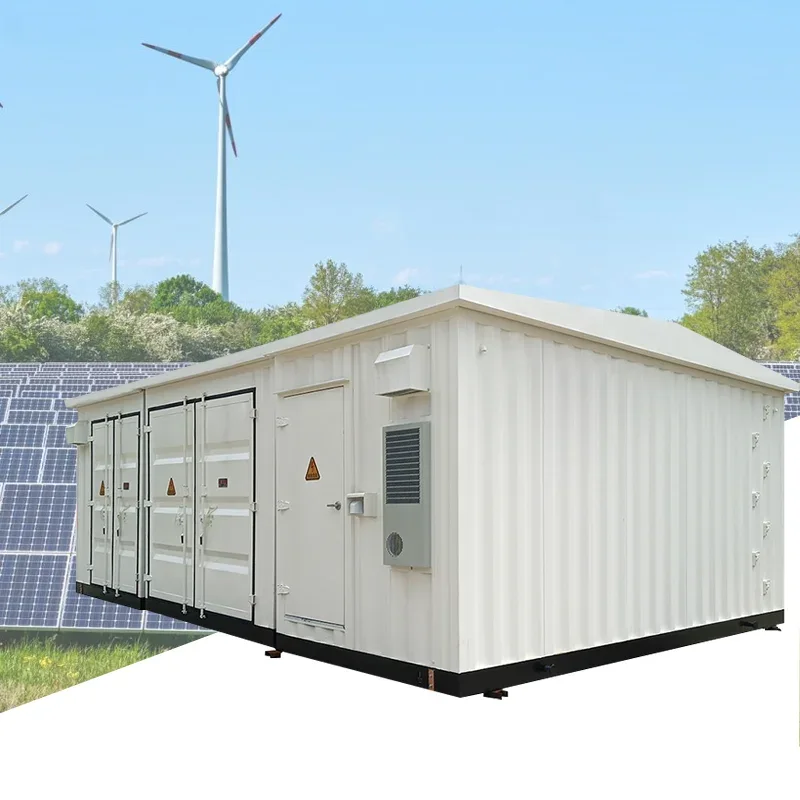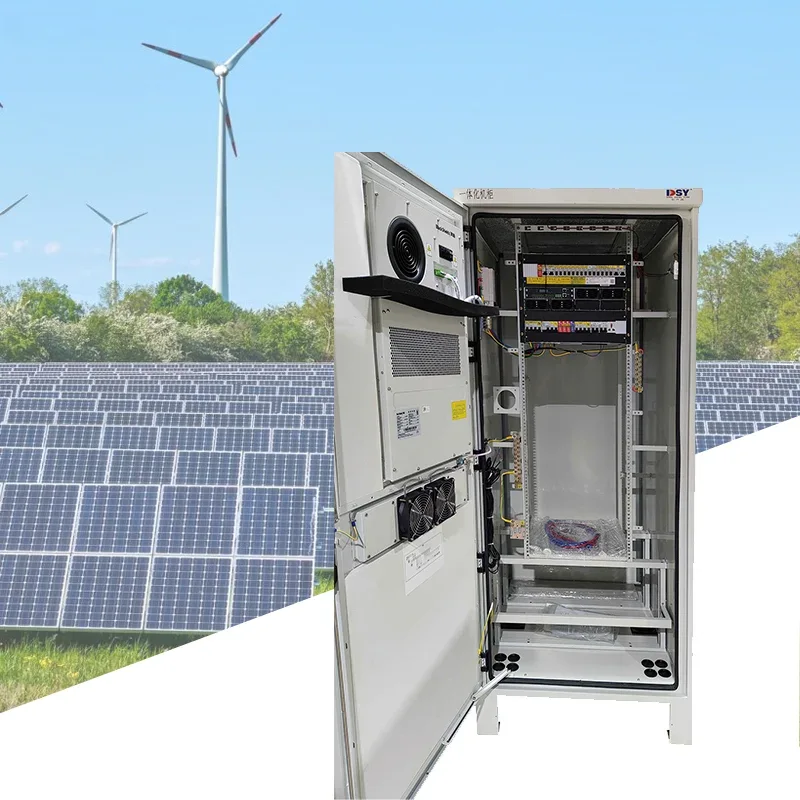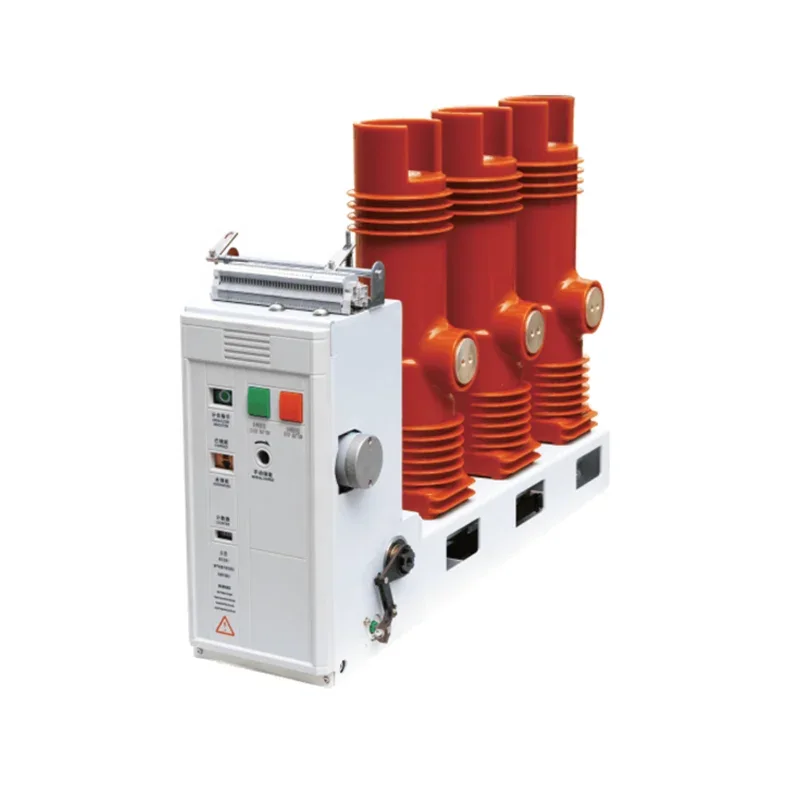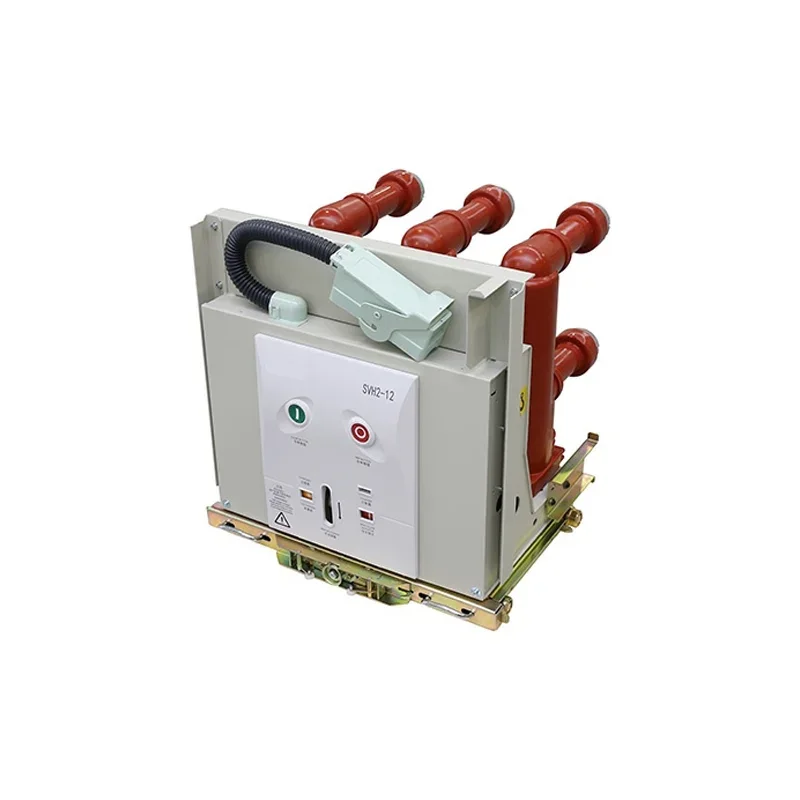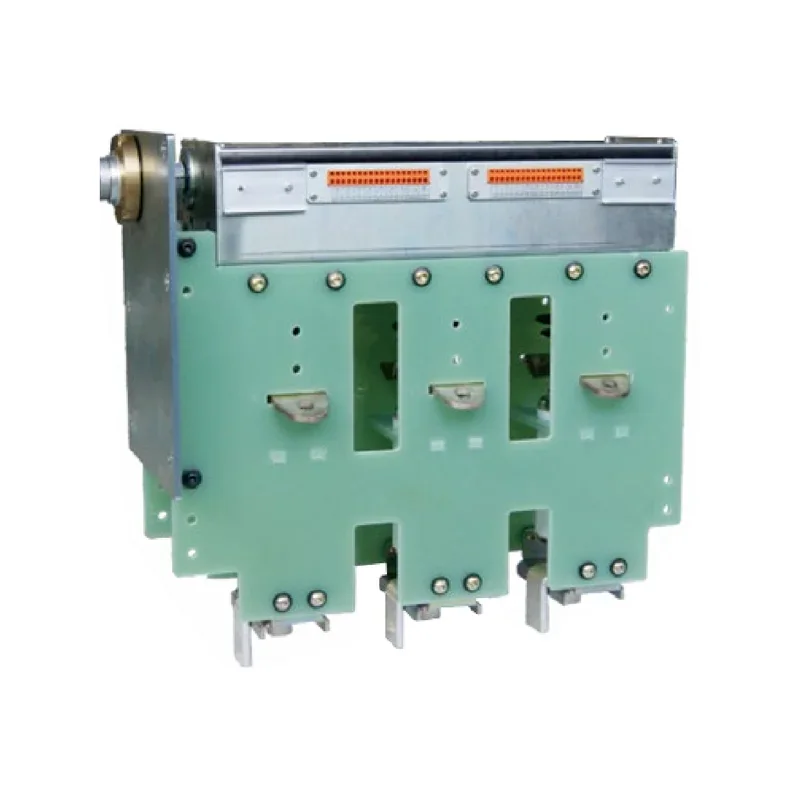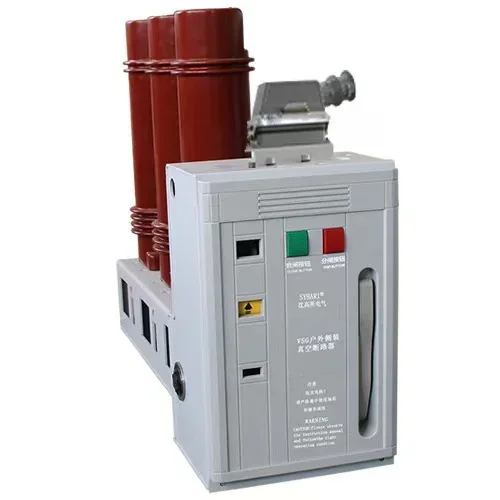The Essential Role of High Voltage Switchgear in Transforming Renewable Energy Solutions
The Essential Role of High Voltage Switchgear in Transforming Renewable Energy Solutions Introduction to High Voltage Switchgear and Renewable Energy The energy landscape is rapidly evolving, with renewable sources like solar, wind, and hydro gaining prominence. As we shift towards a sustainable future, **high voltage switchgear** emerges as a pivotal technology in facilitating this transition. Th
Aug 18,2025
The Essential Role of High Voltage Switchgear in Transforming Renewable Energy Solutions
Introduction to High Voltage Switchgear and Renewable Energy
The energy landscape is rapidly evolving, with renewable sources like solar, wind, and hydro gaining prominence. As we shift towards a sustainable future, **high voltage switchgear** emerges as a pivotal technology in facilitating this transition. These electrical devices manage and control the flow of electricity in high voltage systems, ensuring efficient energy transmission and distribution. This article delves into the critical role high voltage switchgear plays in renewable energy solutions, exploring its applications, benefits, and future trends.
What is High Voltage Switchgear?
High voltage switchgear refers to electrical devices used to control, protect, and isolate electrical equipment in high voltage systems, typically operating at voltages above 1 kV. These components are crucial for the safe and reliable operation of power systems, enabling the connection and disconnection of various elements in the electricity supply chain.
Types of High Voltage Switchgear
Understanding the types of high voltage switchgear is essential for grasping their applications in renewable energy:
1. Air-Insulated Switchgear (AIS)
Air-insulated switchgear utilizes air as the insulating medium. This type is common in substations and has a robust design, making it suitable for various environments.
2. Gas-Insulated Switchgear (GIS)
Gas-insulated switchgear employs sulfur hexafluoride (SF6) gas for insulation and is known for its compact design. GIS is particularly beneficial in urban areas with limited space.
3. Hybrid Switchgear
Combining features of both AIS and GIS, hybrid switchgear offers flexibility and reliability, making it an attractive option for modern energy systems.
The Importance of High Voltage Switchgear in Renewable Energy Applications
High voltage switchgear plays a vital role in the integration of renewable energy sources into the grid. Below, we examine the key functions it serves in this context.
Efficient Power Distribution
Renewable energy sources generate electricity at varying levels, and high voltage switchgear helps stabilize these fluctuations. By managing the flow of electricity, it ensures a consistent power supply, even when production levels vary.
Grid Integration and Reliability
As more renewable energy projects come online, the electrical grid must adapt to handle increased loads and variable energy supply. High voltage switchgear ensures that power generated from renewables can be efficiently transmitted to consumers, maintaining the grid's reliability.
Protection and Safety Mechanisms
Safety is paramount in high voltage systems. Switchgear is equipped with protective devices that can detect faults and isolate affected sections of the grid, preventing widespread outages and equipment damage.
Benefits of High Voltage Switchgear in Renewable Energy Solutions
Investing in high voltage switchgear for renewable energy projects offers several advantages:
1. Enhanced System Efficiency
High voltage switchgear optimizes energy distribution, reducing losses during transmission. This leads to enhanced overall system efficiency, which is critical for the economic viability of renewable energy solutions.
2. Space-Saving Designs
With the increasing need for compact energy solutions, technologies like GIS offer space-saving designs that are particularly advantageous in urban settings where real estate is at a premium.
3. Reduced Maintenance Costs
Modern high voltage switchgear systems require less maintenance than traditional setups, lowering operational costs and increasing the overall reliability of renewable energy installations.
Challenges in Implementing High Voltage Switchgear for Renewables
Despite the numerous benefits, integrating high voltage switchgear into renewable energy solutions comes with its challenges:
1. High Initial Costs
The upfront investment for high voltage switchgear can be significant, especially for advanced models like GIS. However, this cost can often be offset by the long-term savings achieved through efficiency and reduced maintenance.
2. Need for Skilled Personnel
Operating and maintaining high voltage switchgear requires specialized skills. Training personnel in these areas is essential to ensure safe and effective operation.
3. Environmental Concerns
While SF6 gas used in GIS is an effective insulating medium, it is also a potent greenhouse gas. Industry efforts are underway to find alternatives that maintain performance without environmental impact.
The Future of High Voltage Switchgear in Renewable Energy
The future of high voltage switchgear looks promising, especially as the demand for renewable energy continues to grow. Emerging trends include:
1. Smart Grid Integration
The rise of smart grids will further enhance the functionality of high voltage switchgear. By integrating communication technologies, switchgear can respond dynamically to changes in energy supply and demand.
2. Eco-Friendly Alternatives
Research is ongoing into alternative insulating gases that are environmentally friendly, reducing the ecological footprint of high voltage switchgear.
3. Standardization and Modular Designs
As the demand for renewable energy solutions increases, standardizing switchgear components will lead to easier integration and lower costs.
FAQs about High Voltage Switchgear and Renewable Energy
1. What role does high voltage switchgear play in renewable energy systems?
High voltage switchgear manages power flow, enhances grid reliability, and ensures safe operation in renewable energy systems.
2. How does high voltage switchgear improve energy efficiency?
By optimizing the distribution of electricity, high voltage switchgear reduces transmission losses, leading to higher overall system efficiency.
3. What are the different types of high voltage switchgear?
The main types include Air-Insulated Switchgear (AIS), Gas-Insulated Switchgear (GIS), and Hybrid Switchgear, each offering unique benefits for renewable energy projects.
4. What are the environmental concerns associated with high voltage switchgear?
SF6 gas used in GIS is a potent greenhouse gas, prompting research into eco-friendly alternatives that can maintain performance without environmental harm.
5. How can high voltage switchgear enhance grid stability?
By managing fluctuations in energy production from renewable sources, switchgear ensures a consistent power supply, helping maintain grid stability.
Conclusion
High voltage switchgear is an indispensable component in the transition to renewable energy. Its role in ensuring efficient power management, enhancing grid reliability, and supporting the safe operation of renewable energy systems cannot be overstated. As the demand for sustainable energy solutions continues to grow, advancements in high voltage switchgear technology will play a crucial role in shaping the future of energy distribution. By investing in these technologies, we can pave the way for a cleaner, more sustainable energy landscape.
PREVIOUS:
Related News
From June 5th to 8th, 2025, Shenzhen Dongshengyuan Electrical Equipment Co., Ltd. (hereinafter referred to as "Dongshengyuan Electric") participated in the Southeast Asia Electricity and Energy Exhibition (SEAPAE) held in Jakarta, Indonesia. During the exhibition, the company highlighted its three core product lines: high-voltage and low-voltage distribution switchgear, intelligent circuit breakers, and environmentally friendly load switches. These products are designed to provide targeted solutions for the high temperature and high humidity environments commonly found in Southeast Asia, as well as the growing demand for new energy access. They have successfully attracted over 200 industry customers for business negotiations.
The difference between circuit breakers and vacuum circuit breakers
Circuit breaker is an abbreviation for pole type circuit breaker. Circuit breakers are also vacuum circuit breakers

